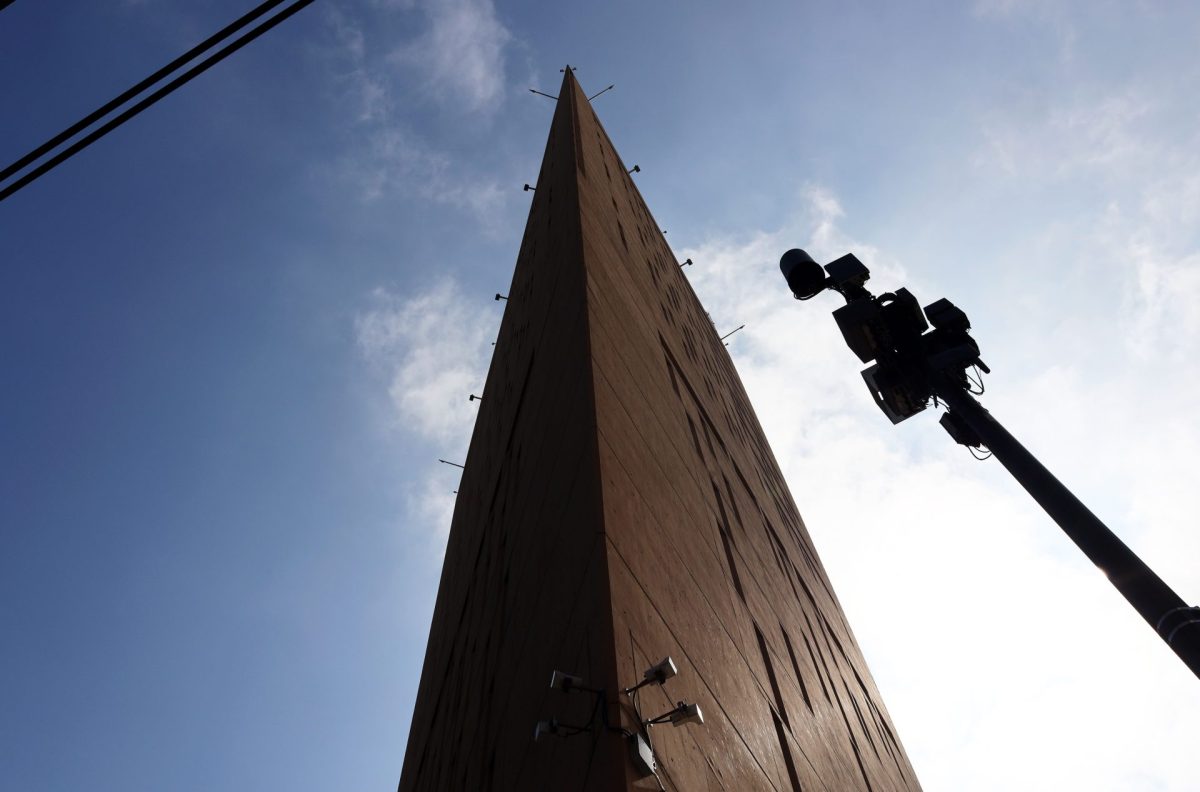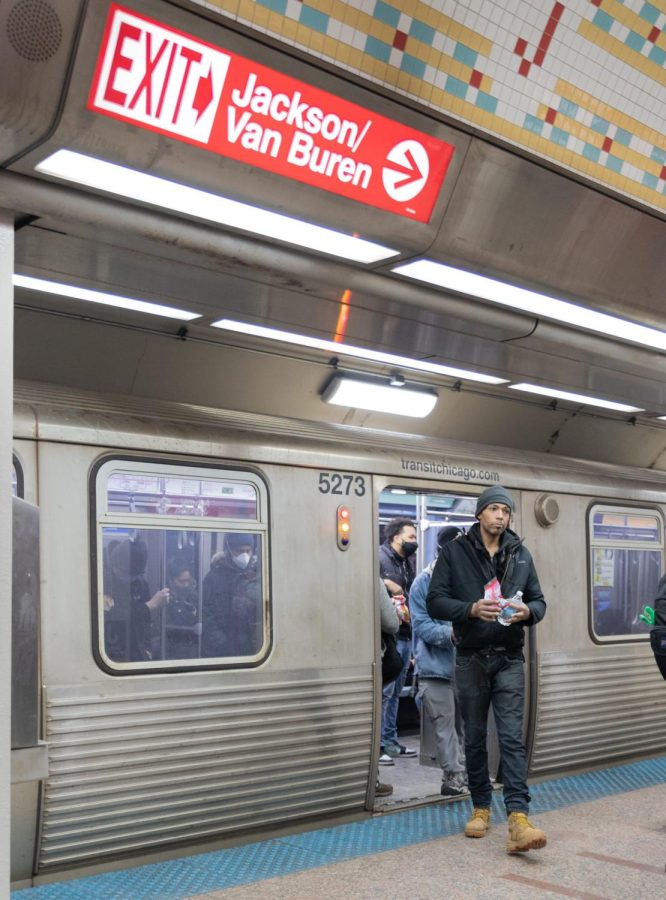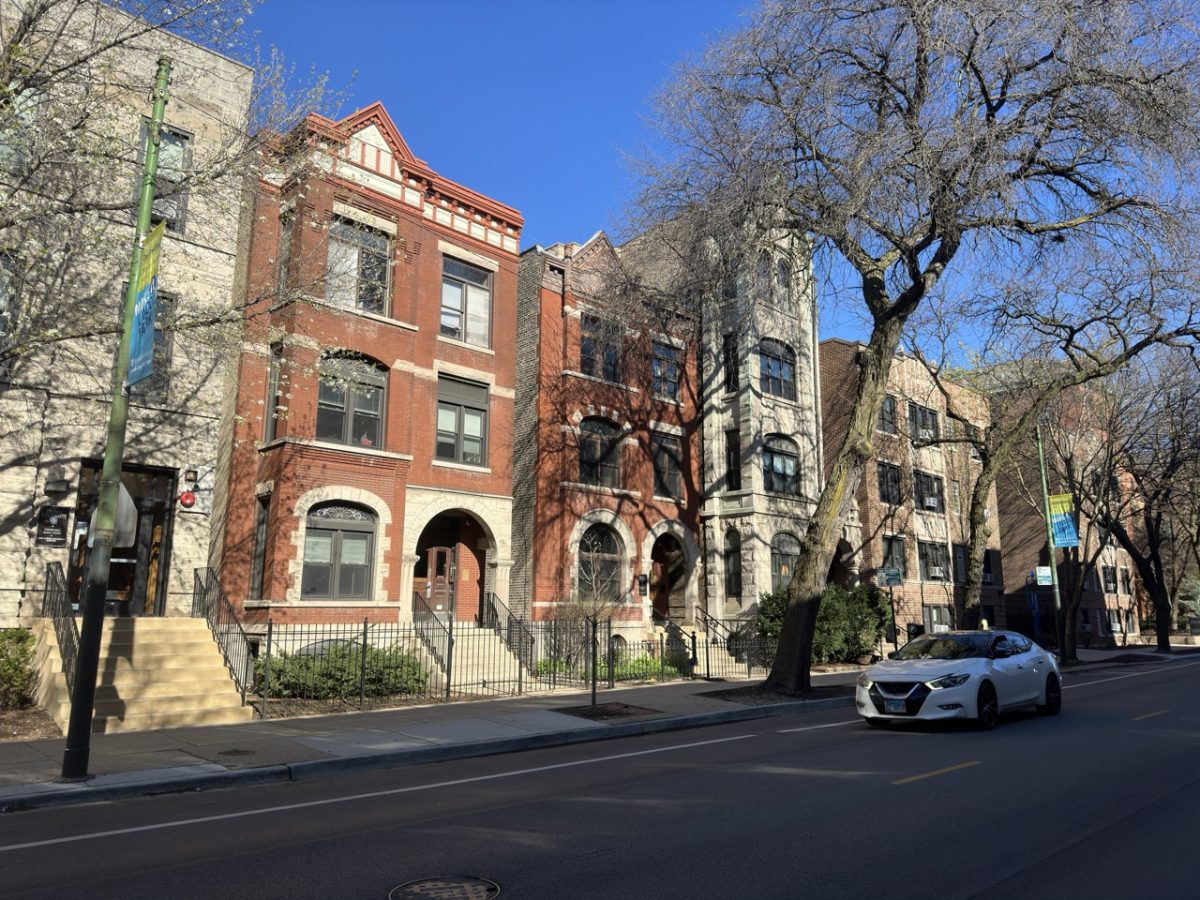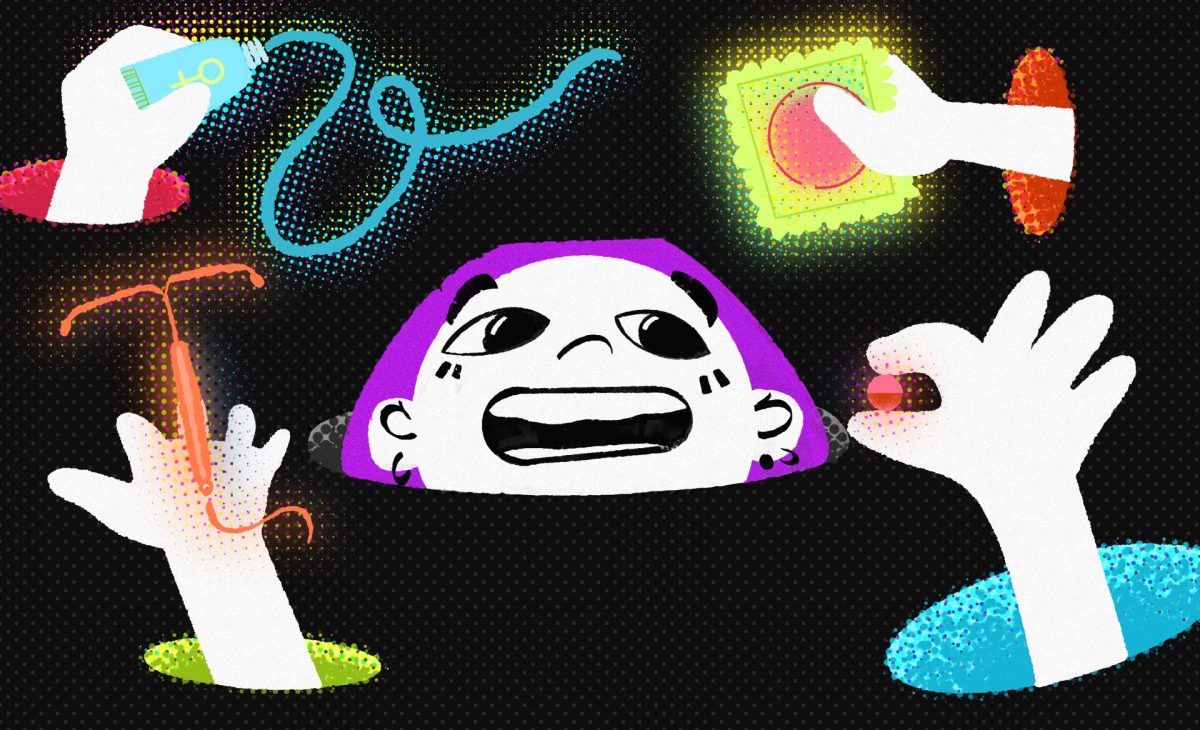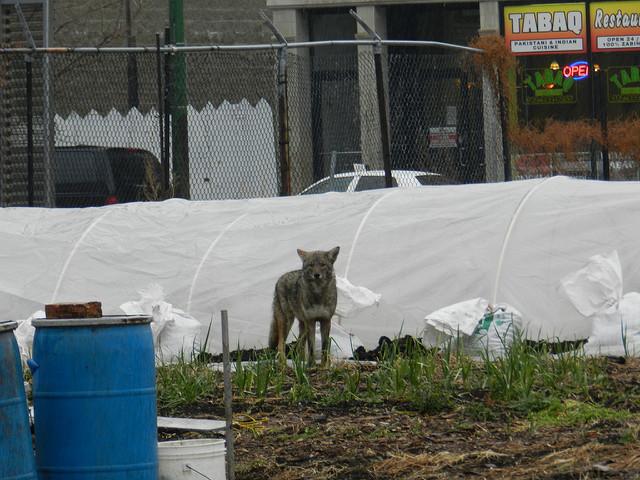
The chill of winter had just arrived when Rehan Farooqui noticed a coyote walking in his backyard in the Chicago suburbs. The foxlike animal made a few steps, stalled, then made a few more, seemingly probing the area.
Suddenly, the coyote turned, its yellow eyes catching Farooqui’s. They held the gaze for only a moment.
“We had some type of weird connection,” Farooqui said, a junior at DePaul. As abruptly as the instance began, the coyote dashed and disappeared.
“It went off on its way, I went off on my way,” Farooqui said.
While a spotting such as this is rare, coyotes are in fact thriving in Chicago, partly due to the creature’s ability to adapt to their new urban residence. For some humans, this means more predators attacking their pets. But for others, coyotes can be a natural ally in exterminating pests like rats, and an exotic animal for on looking humans to enjoy.
Despite what humans have to say about them, coyotes seem to be here to stay.
“Everyone in the Chicagoland area has coyotes in their neighborhoods, but most people have no idea that they even exist,” said Chris Anchor, one of the founders of the Urban Coyote Research project, the most comprehensive study of coyotes in Chicago.
The coyote is a newcomer to urban Chicago, but has long called the Illinois prairies home. When humans arrived to the area during the 19th century, the coyotes were hunted and almost driven into extinction.
Yet recently the coyote has made a resurgence, not only in Illinois but across the United States. Often cities are choice places for them to set up camp.
“They go where they can survive, and they’ve survived very well in the city,” said Gavin Van Horn, co-editor of the book “City Creatures,” which documents urban coyotes.
Unlike in rural areas, in cities coyotes are not hunted by humans, and there is an abundance of food for them to eat.
They mainly survive on rodents, fruit, deer, rabbit and the occasional cat, the Urban Coyote Research project has found. Edible leftovers from humans are also an option, as a last resort.
“They’re going through the trash a lot and consuming things that wouldn’t be available to them in their native habitats,” said Seth Newsome, contributor to the Urban Coyote Research project and professor at the University of New Mexico.
Unlike rural areas, cities are dominated by fast vehicles and numerous humans. But with their usual keen ability to adapt, coyotes have learned to come out at night to avoid humans, and to wait for vehicles to pass until crossing streets. Still, vehicles are the leading cause of death for coyotes.
Another potential threat to coyotes’ survival is when their interests implicate both humans and food.
“The problem arises when people start feeding them,” Anchor said. “They start looking at humans as a food source.”
In rare occurrences, children have even been attacked by coyotes after being fed by humans, Anchor said.
In the end, coyotes’ ability to survive is simply a matter of natural selection.
“Those that get to remain are those that learned to leave humans alone,” Van Horn said.
If coyotes manage to live besides their human neighbors, they will eventually find mates. Coyotes live in dens from February, when the couples mate, until April, when their pups are born. Such dens have been found in golf courses, cemeteries and abandoned lots.
In cahoots with a few other coyotes, the couples will claim territory in an effort to have dominion over the resources there. They defend this enclave against competing coyotes, if necessary.
Coyotes’ ability to live off the land and, for the most part, survive alongside humans has led to a drastic upsurge in their population in Chicago. While it may be impossible to gauge accurate numbers, estimates range from at least 2,000 coyotes living in the area.
The coyote population may increase still, Van Horn said, as long as the necessary food is available.
The existence of a thriving community of coyotes is especially exciting for many, who see it as an opportunity to experience a kind of wildlife previously unknown amid the cement and steel of the city.
“It makes the city a more exciting place, a more lively place.” Van Horn said. “We are just one species among many in the city.”
After seeing a few coyotes roaming about, Farooqui said he has no qualm with them living in Chicago.
“Humans and animals can definitely co-exist,” Farooqui said. “I mean, they have been here as long as we have — longer, actually. We can definitely share the space.”


